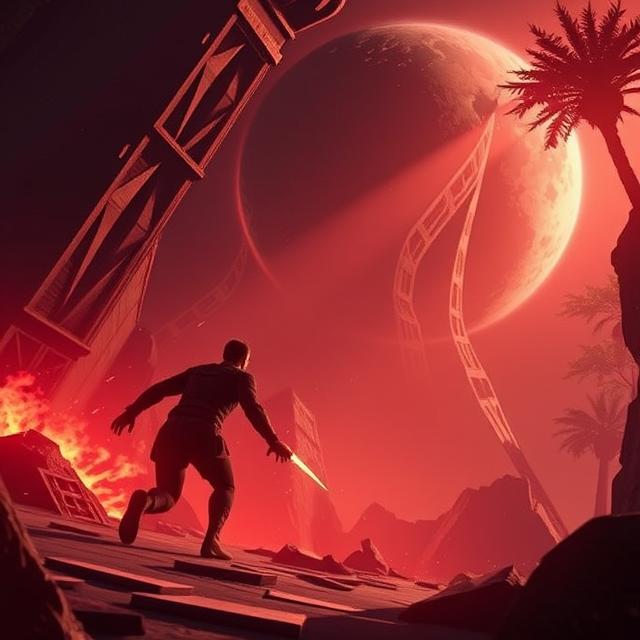Cutscenes have come a long way since pixelated monologues and static images. Today, they’re a powerful tool that blends film and gameplay, delivering emotional weight, exposition, and immersion like never before. But what makes modern cutscenes effective, and how have they evolved?
Early cutscenes in games like Final Fantasy VII used pre-rendered visuals to create spectacle—separating them from the game’s main engine. They were impressive, but often passive. The player watched, but didn’t participate.
Modern cutscenes, especially in titles like The Last of Us Part II, Red Dead Redemption 2, and God of War Ragnarök, are fully integrated into gameplay. They use real-time rendering, which allows for seamless transitions between control and narrative. This creates a cinematic continuity that makes the player feel part of the moment.
Additionally, motion capture and facial animation have reached a level where subtlety matters. A look of regret, a clenched jaw—these small details elevate character development far beyond dialogue alone.
Many games also allow interactive cutscenes, where choices or actions influence what happens next. Mass Effect, Detroit: Become Human, and The Walking Dead pioneered this blend of storytelling and player agency.
Ultimately, the best cutscenes don’t interrupt—they enhance. When done right, they make players care, invest emotionally, and remember the story long after the credits roll.

Leave a Reply